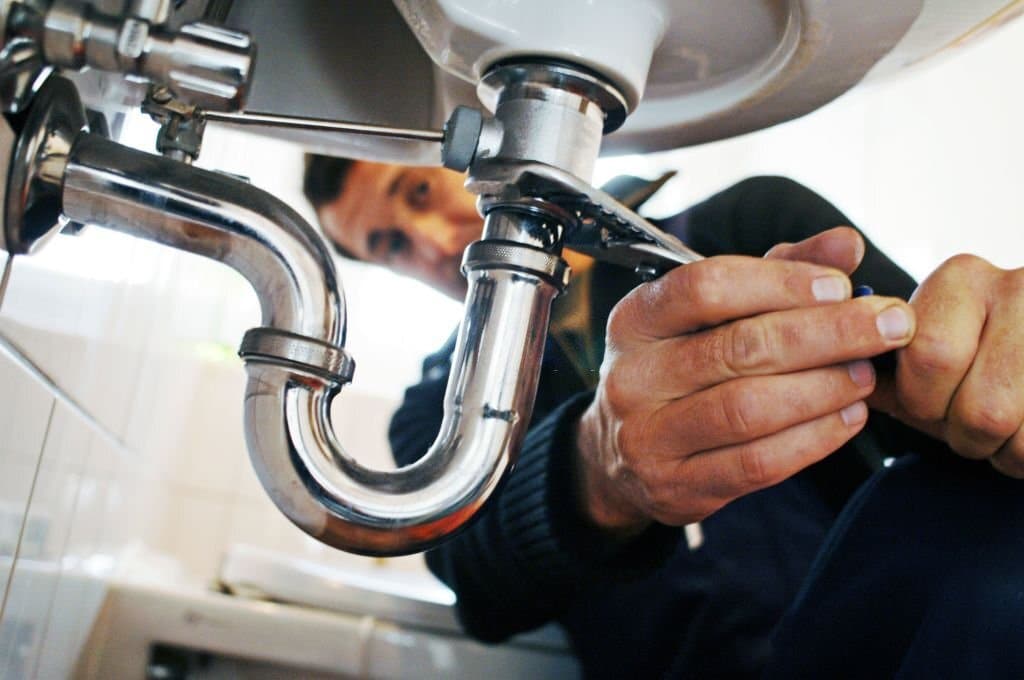Avoid Costly Damage: The Ultimate Guide to Fixing Common Plumbing Repairs
Plumbing issues are not only a major inconvenience, but they can also lead to costly damage if not addressed promptly. From leaky faucets to clogged drains and burst pipes, it is essential to have a basic understanding of common plumbing repairs. In this guide, we will explore some of the most common plumbing problems and provide simple solutions to fix them, saving you both time and money.
1. Leaky Faucets
Leaky faucets are not just annoying; they can waste gallons of water if left unattended. The most common cause of a leaky faucet is a worn-out washer or O-ring. To fix it, start by turning off the water supply. Then, disassemble the faucet handle and replace the washer or O-ring. Finally, reassemble the faucet, and voila, the leak should be fixed.
2. Clogged Drains
Clogged drains are a common plumbing issue that can quickly escalate into a more significant problem if not taken care of promptly. Hair, soap scum, food debris, or other substances can accumulate in drains and cause blockages. To unclog a drain, start by using a plunger vigorously. If that doesn’t work, try using a drain snake or a mixture of baking soda and vinegar. In extreme cases, you may need to call a professional plumber to handle the situation.
3. Running Toilet
A running toilet is not only a nuisance but can also waste a significant amount of water. The culprit behind a running toilet is often a faulty flapper valve or a fill valve that needs adjustment. First, remove the lid from the toilet tank and check if the flapper is damaged or not seated properly. If it’s damaged, replace it. If it’s loose, reposition it so that it creates a watertight seal. If the problem persists, adjust the fill valve to stop the water from running continuously.
4. Low Water Pressure
Low water pressure can make simple tasks like showering or washing dishes frustrating. The main causes of low water pressure can be mineral buildup in the aerator, a clogged pipe, or a faulty pressure regulator. Start by removing the aerator from the faucet and cleaning it thoroughly to remove any debris. If that doesn’t solve the issue, check other faucets in the house to determine if the problem is isolated to one area or affects the whole house. If it’s only in one area, there might be a clog in the pipe leading to that fixture. If it affects the entire house, it’s best to call a professional plumber for assistance.
5. Burst Pipes
A burst pipe is a plumbing emergency that requires immediate attention to prevent extensive damage. If you encounter a burst pipe, start by turning off the water supply to your house. Open all faucets to drain the water from the pipes and relieve any pressure. Then, locate the burst pipe and wrap it tightly with a rubber or cloth material. This will serve as a temporary fix until a professional plumber can come and repair or replace the damaged pipe.
Remember, while these fixes may be simple, it’s crucial to know your limits. If you are unsure or uncomfortable tackling a plumbing repair, it’s always best to call a professional plumber to avoid further damage.
In conclusion, having a basic understanding of common plumbing repairs can save you from costly damage. By knowing how to fix leaky faucets, unclog drains, handle running toilets, address low water pressure, and temporarily fix burst pipes, you can tackle these issues promptly and efficiently. However, if at any point you feel unsure, don’t hesitate to call a professional plumber to ensure the job is done right.

